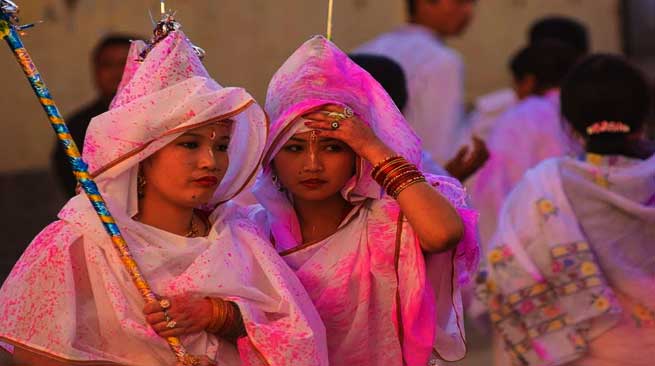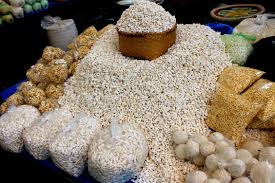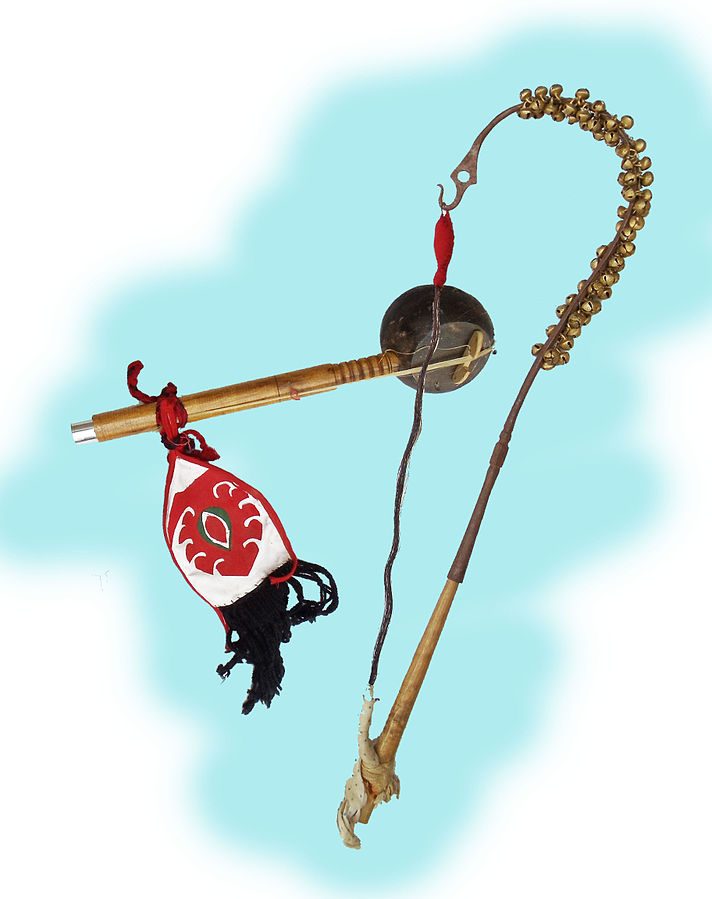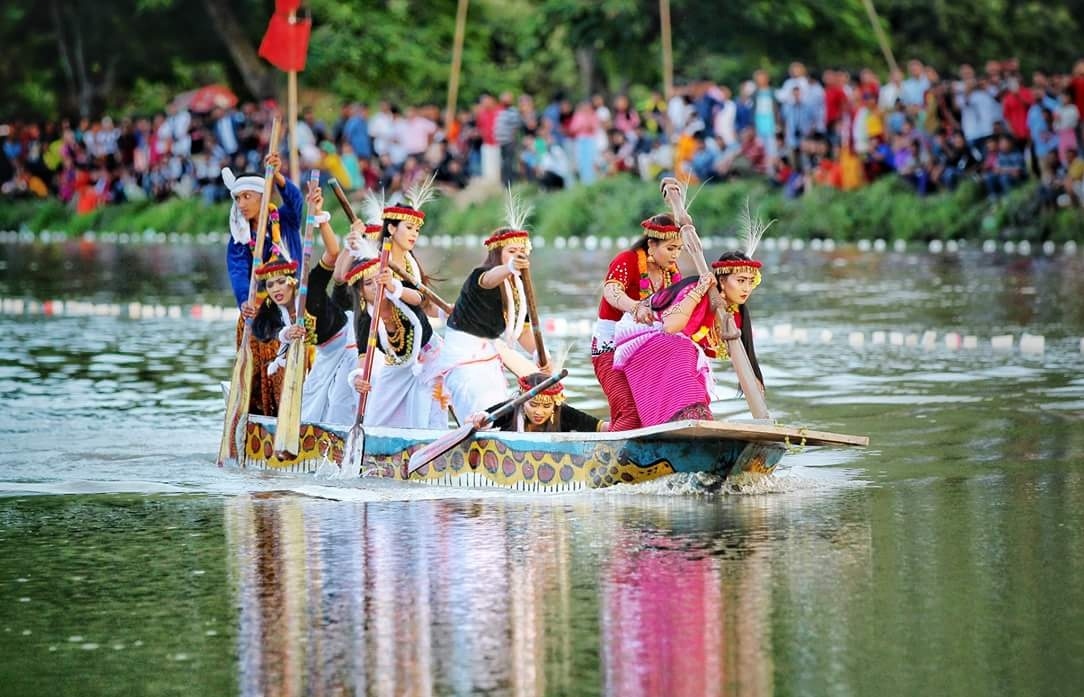Strongly competing with other states in terms of beauty and retaining its position at the top just to be known as the land of gems and jewels, Manipur is indeed a place that seems like paradise.

Web and media might have mostly defined the cultural richness and traditions in terms of dance and art forms, but there is a lot more that adds up to the uniqueness of Manipuri culture.
Since Manipuri culture is known to be a blend of Korean, Central and North-East Indian lifestyles, there is no wonder we see a multifold diversity here ! The vibrant festivals and the soothing music styles show how this region draws inspiration from all the neighboring states.

Most of the Indian cultures have their local celebrations that involve boat racing. Similarly, it is celebrated here in the September month of Miti calendar (Miti is a well-known literature form in Manipur- referred to in a previous article : What feels unique about Manipuri culture? – Unvoiced Media and Entertainment) and it is traditionally named as Hiyang Tannaba.
This grand event takes place only at the famous canal near Shri Bijoy Govinda temple, a historic place for Manipuri Vaishnavites, and not anywhere else. Another lively and fun festival is the Manipuri New Year, locally known as Cheiraoba, celebrated in the month of April. People here hold a traditional belief that climbing the nearest hill on this day brings good fortune and prosperity to the villagers.

Dol Jatra, known as Yaosang, is a festival with so much pomp and show that everyone waits for. It is celebrated for five days in a row, where different communities come together to participate irrespective of age, gender and status.
This festival is similar to Holi and is conducted almost during the same time and besides playing with colors, the festive energy is focused on various sporting events and cultural programs. Celebrations and occasions include not just getting together and enjoying, but also scrumptious food and tasty cuisines.

Besides rice being considered as a staple, Kabok is a special dish here where rice is fried with lots of vegetables and is said to be the healthiest among all the food categories.
Because of numerous tribes and influences, the Manipuri cuisine is a platter of different food varieties.
During festivals and other important occasions, they serve a type of fermented fish, called Ngiri in their native language, known for its distinct smell. Some of the houses also maintain a kitchen garden to grow spices and herbs in their own style which adds a distinct flavor to all the food items.

The indigenous culture of Manipur continues to mesmerize its audience through their melodious and age-old forms of music. Pena is an ancient and one of the most popular musical instruments made out of bamboo and is similar to violin.
This string instrument, as the traditions say, is believed to be played to invoke gods and goddesses.

Pung is a type of Manipuri drum which was previously introduced with a single beating face. As the time progressed, it turned into present day’s form of Miti Pung with two beating faces. This drumming art has become a prominent part of Nata Sankirtan, which is a veneration paid to all the classical art forms of Manipur.
Wari Liba is another traditional art form of storytelling with Mahabharata and Ramayana as the centre themes. The Manipuri folk songs are usually about the lifestyle and culture of the state and are mostly sung by the rural folk and hill men during harvesting, hunting, weddings and cultural fests.
Like most of the North-Eastern Indian states, Manipur is also an unexplored part of the country, lying silently amidst the rolling hills and serene river valleys, a natural paradise still waiting for the recognition and admiration it deserves. It is definitely worth visiting, at least once, to find out how this so-called land of jewels delicately holds all its customs and traditions together !
References:
- http://www.e-pao.net/epSubPageExtractor.asp?src=manipur.Festival_of_Manipur.Manipur_Festival_Mangi_Devi.Heigru_Hidongba
- https://blog.mygov.in/yaoshang-the-festival-of-colours/
- https://imphaleast.nic.in/culture-heritage/
- https://www.ritiriwaz.com/manipur-culture-and-tradition/
- https://www.caleidoscope.in/art-culture/culture-of-manipur
- https://www.holidify.com/pages/manipur-culture-318.html
For more such blogs : Indian art and culture – Unvoiced Media and Entertainment
